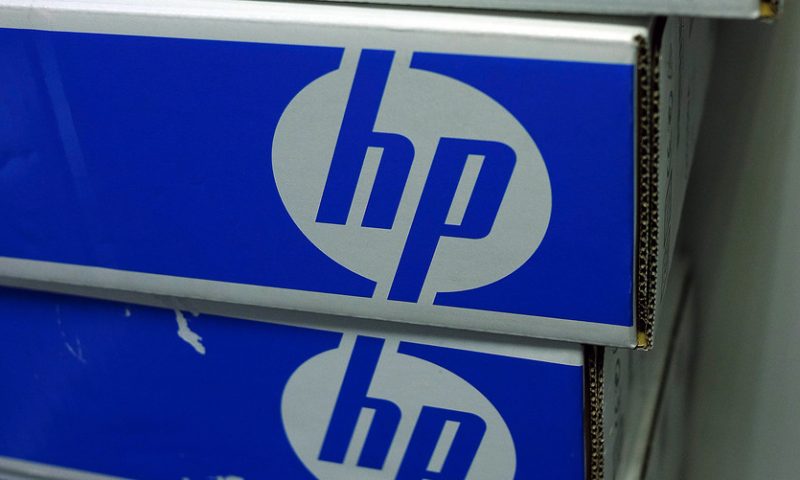As ratings games go, this one is pretty much X-rated.
There’s no other way to sugarcoat Wall Street’s reaction after HP Inc. HPQ, -5.92% announced a trifecta of jolting news during its third-quarter earnings statement Thursday: It named a new CEO, reported a significant slide in printer supply sales, and offered tepid guidance for its current quarter amid economic uncertainty.
HP shares were down 7% to $17.59 on Friday, which would be its lowest closing price since July 7, 2017, when it closed at $17.35.
Thursday’s news drop prompted a handful of analysts to reduce their price targets on the stock, which is near a 52-week low. (HP shares are down 14% this year, and 27% over the past 12 months. The S&P 500 index, by comparison, is up 15% this year and flat over the past 12 months.)
Barclays reiterated its rating on HP as equal weight but trimmed its price target to $20 from $21. Citigroup maintained a hold rating while slicing its target to $20 from $21. Wells Fargo reiterated its market perform rating and cut its target to $20 from $23.
Of the 18 analysts tracking HP, only five recommend buy on its stock while 12 rate it a hold. Only one analyst recommends sell. Analysts have an average price target of $21.66, which implies a premium of 14% based on HP’s closing price of $18.93 on Thursday.
One of the most brutal assessments came from Evercore ISI analyst Amit Daryanani, who downgraded HP shares to in-line from outperform and lowered his target price to $19 from $23.
“We think the stock may languish until we see an improvement in the Supplies revenue trajectory something we currently do not have a line of sight for (management does not expect Supplies revenue to grow in FY20),” Daryanani said in an Aug. 22 note.
Analysts were bracing for a rough quarter from HP because of a tariff war with China and uncertainty over the global economy. CEO Dion Weisler, who announced he is departing the company to address a “family health matter” in Australia, cautioned in a conference call Thursday that “macro economic softness” impacted supplies sales. HP said printing supply revenue declined 7% year-over-year to $3.2 billion — its worst decline for that business in three years. (Analysts expected a 2% drop.)
Enrique Lores, a 30-year HP veteran who heads the $20 billion imaging and printer division, is scheduled to succeed Weisler on Nov. 1.
Strong PC sales in the second quarter did offset the hit, bringing overall revenue for the quarter in line with Wall Street’s forecasts. But the surge could be temporary with 10% tariffs on all Chinese exports to begin Sept. 1. This will “likely affect HP Inc.’s laptop business within the U.S., which accounts for about 13% of revenue,” AB Bernstein analyst Toni Sacconaghi warned in an Aug. 13 note.
Accordingly, analysts expect HP’s sales to taper. They predict flat revenue in fiscal 2019 and 2020, down from 12% growth in fiscal 2018.

